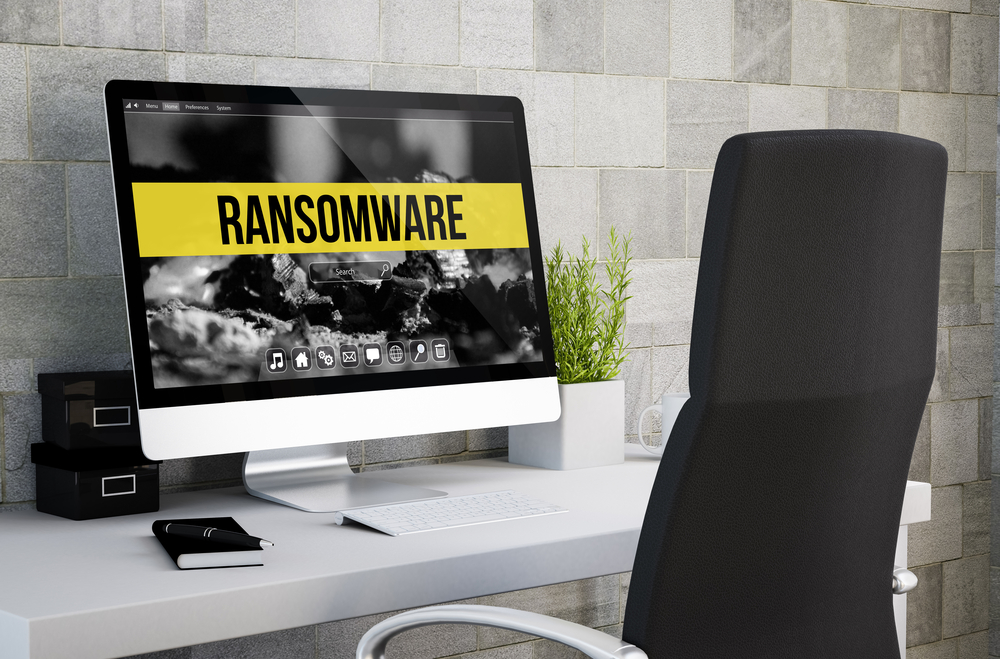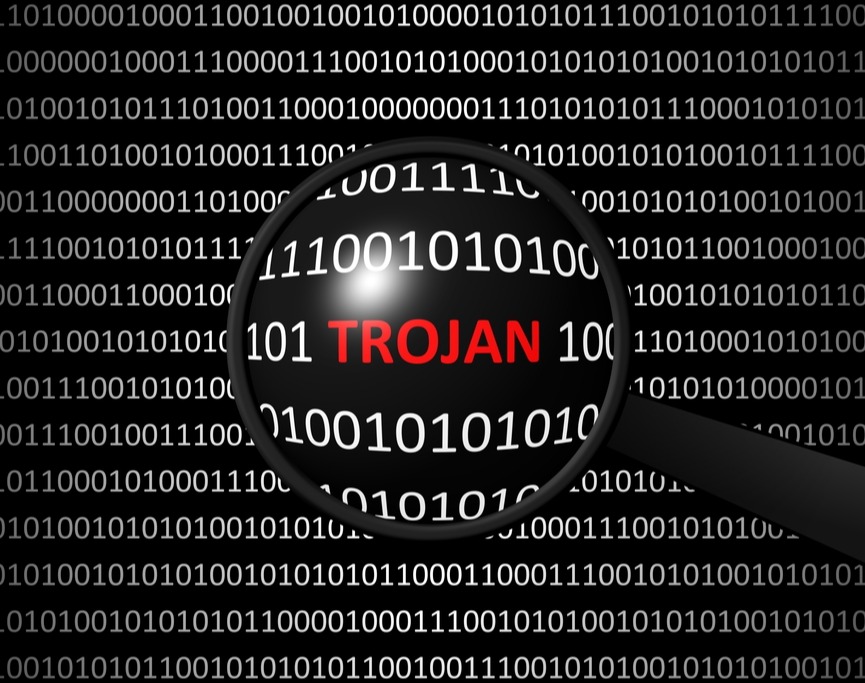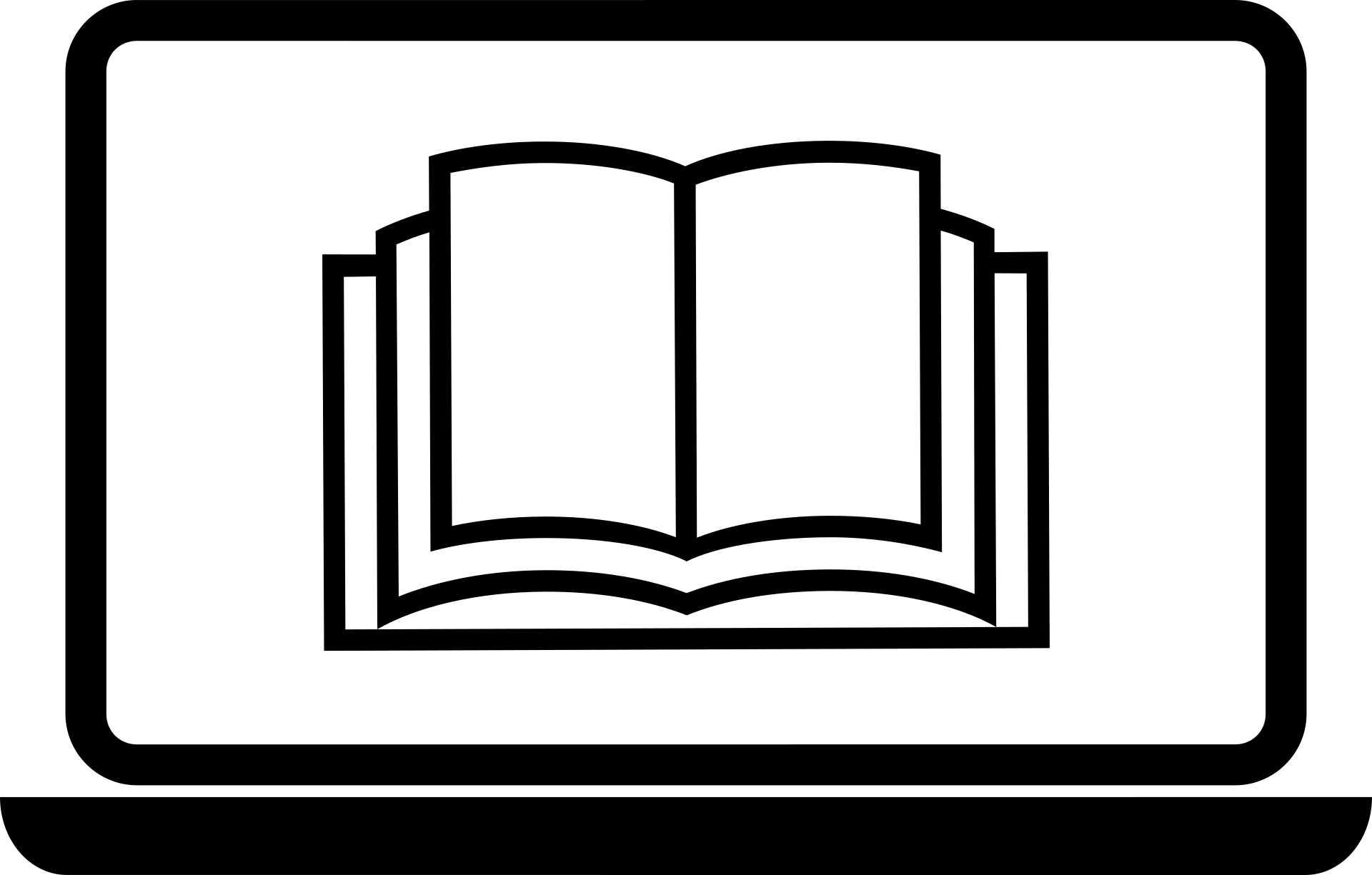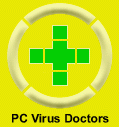A computer virus is a malicious computer program installed on the computer without permission of the user. These programs can be designed to display advertisements or at worst to destroy data and programs while spreading to other computers. Anti-virus programs are utilities that remove computer viruses. Unlike adware/spyware, viruses must have two criteria:(1) it must execute itself, i.e. start itself and (2) it must replicate itself. The only way to remove these viruses is through a virus removal.
The damage varies from virus to virus and infects individual workstations and network servers. Some virus programs will infect programs and destroy them or prevent programs from operating, some may reformat the hard drive, some delete files and some viruses will destroy the boot sector preventing the computer from booting up or restarting. Some less harmful viruses will replicate themselves and present media on the desktop such as text, video, audio or advertisements that our computer repair has extensively experienced. These malwares use resources generally reserved for other programs and can slow the computer considerably. Some of the viruses are often poorly written with bugs and will cause systems to crash with possible data loss.



